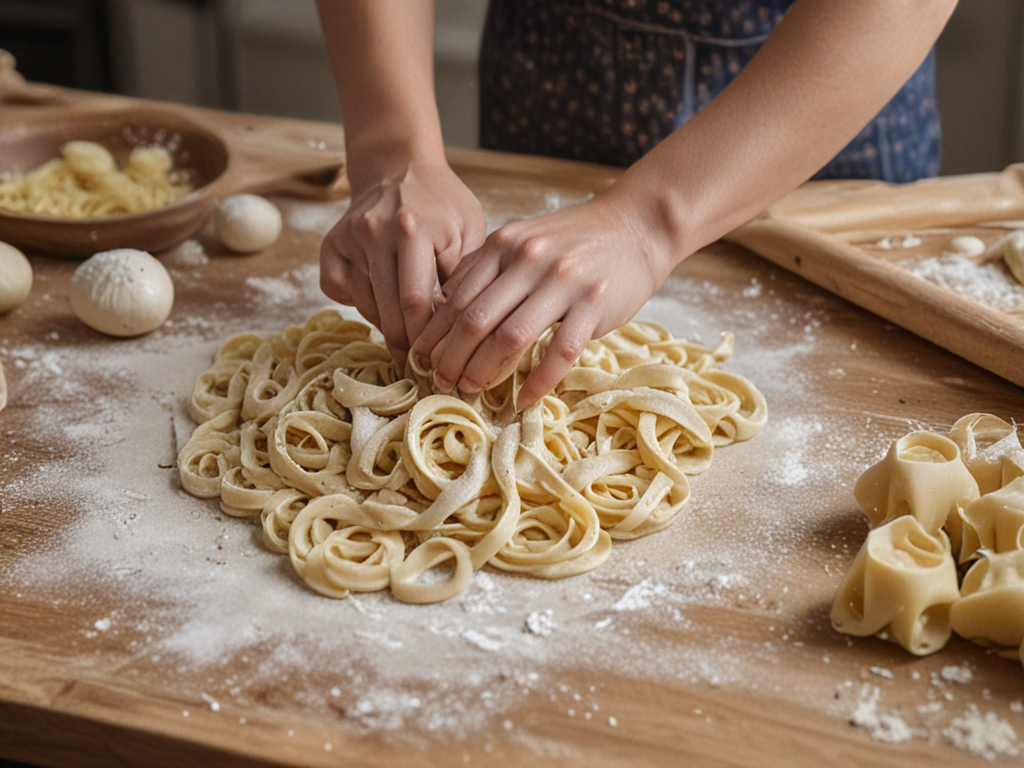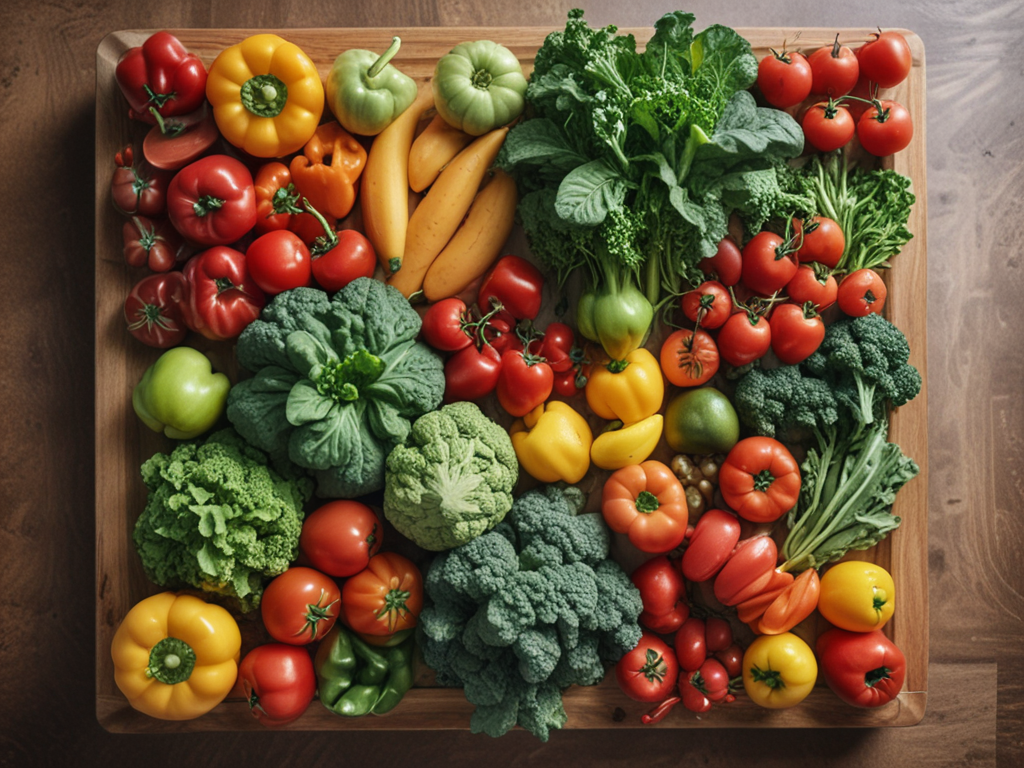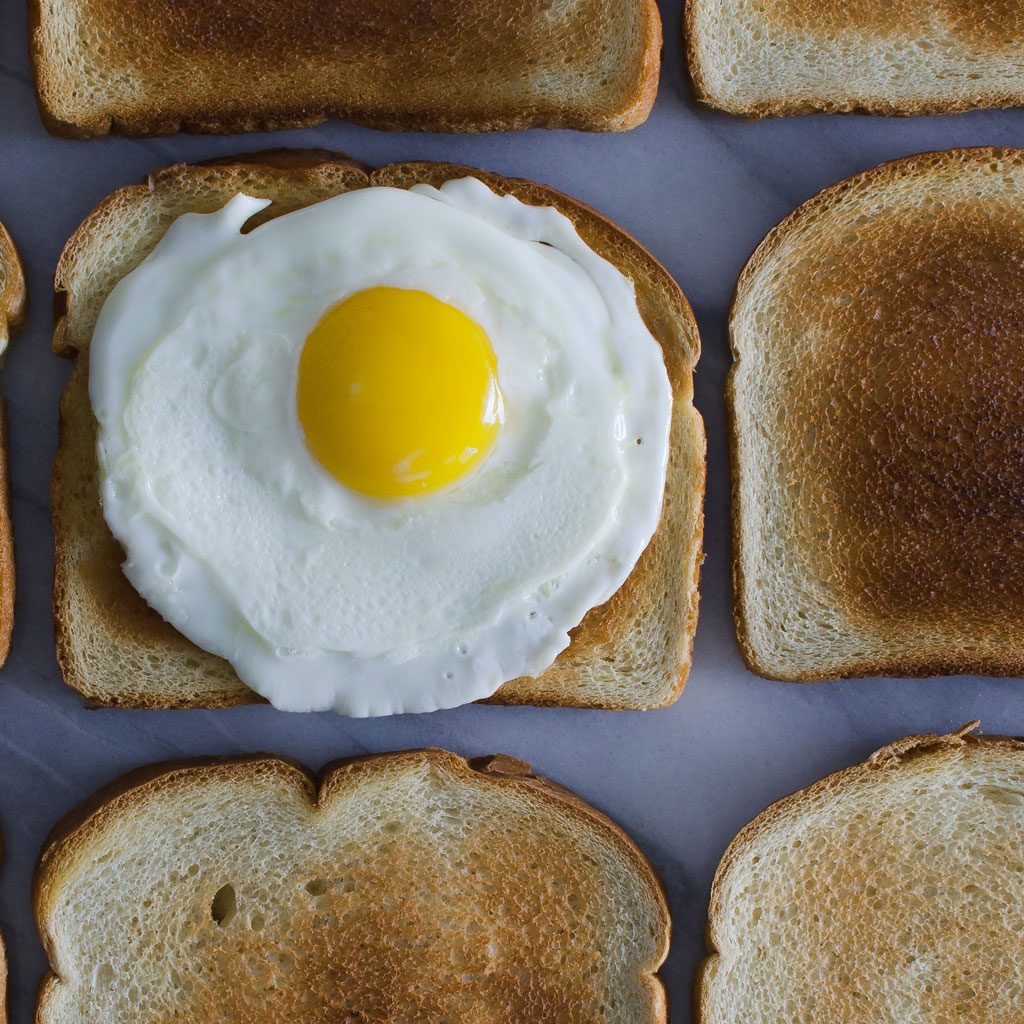
When starting on the journey of making homemade pasta, many beginners might not realize the important role that flour plays in the process. The type of flour you choose can greatly impact the texture and taste of your pasta. Understanding the differences between all-purpose, semolina, and tipo ’00’ flours, and knowing when to use each, is essential for achieving the perfect homemade pasta. So, let’s uncover the mysteries of flour selection and unravel the secrets to crafting pasta that will rival any restaurant quality dish.
Choosing the Right Flour
Have you ever wondered which type of flour is best for making homemade pasta? When it comes to choosing the right flour for your pasta-making adventures, it all boils down to the gluten content and texture you desire. All-purpose flour, a pantry staple for many, is a versatile option that can be used for making pasta. However, it has a lower gluten content compared to semolina flour, which is specifically milled for pasta-making. Semolina flour is higher in gluten, giving your pasta dough the elasticity needed to hold its shape and texture when cooked.
The gluten content in flour is important for pasta making, as it affects the dough’s ability to stretch and hold together during the rolling and shaping process. While all-purpose flour can be used for making pasta, semolina flour is often preferred by pasta enthusiasts for its higher gluten content, which results in a chewier and more authentic pasta texture. When deciding between all-purpose and semolina flour, consider the desired texture and flavor of your homemade pasta to choose the best option for your culinary creations.
Mastering Dough Consistency
Achieving the ideal consistency of your pasta dough is essential for mastering the art of homemade pasta-making. To guarantee your dough is just right, follow these key tips:
-
Kneading Methods: Experiment with different kneading techniques to achieve the perfect balance of ingredients. Whether you prefer the traditional hand-kneading method or opt for a stand mixer, the goal is to evenly distribute the ingredients and develop the gluten structure.
-
Hydration Levels: Pay close attention to the hydration levels of your dough. Adjust the amount of liquid gradually until you reach a smooth and slightly tacky consistency. Too dry of a dough will result in a crumbly texture, while overly wet dough will be sticky and challenging to work with.
-
Gluten Development, Elasticity Techniques: Work on developing gluten in your dough through proper kneading and resting periods. This will give your pasta dough the necessary elasticity for shaping and cooking. Incorporate techniques like folding and resting to enhance gluten development and achieve that perfect chewy texture in your homemade pasta.
Rolling and Cutting Techniques
To excel in homemade pasta-making, mastering efficient rolling and cutting techniques is essential. When rolling out pasta dough, divide it into manageable sections to prevent drying. Start by flattening the dough with a rolling pin, making sure it is thin but not transparent. To create ribbon shapes like fettuccine or pappardelle, use a sharp knife or pasta cutter to slice the dough strips evenly. For twisting noodles like fusilli or strozzapreti, cut the dough into thin strips, then roll each strip between your palms to form a spiral shape.
When cutting pasta, maintain a steady hand and a consistent thickness to assure even cooking. Experiment with different shapes and sizes to discover your preferences. Remember, practice makes perfect, so don’t be discouraged if your first attempts are not flawless. Enjoy the process of creating homemade pasta; it’s a rewarding culinary skill that allows for endless creativity in the kitchen.
Tips for Drying and Storing
When it comes to homemade pasta, knowing how to properly dry and store your creations is key to preserving their quality and flavor. To guarantee your pasta remains fresh and delicious, here are some essential tips:
-
Proper Air Circulation: After shaping your pasta, lay it out in a single layer on a drying rack or clean cloth. Make sure there is enough space between each strand or piece to allow air to circulate evenly around them. This helps prevent the pasta from sticking together and promotes thorough drying.
-
Humidity Control: Choose a well-ventilated area with low humidity levels for drying your pasta. Excess moisture in the air can lead to mold growth on the pasta, ruining all your hard work. If needed, you can use a dehumidifier or a fan to regulate the humidity around the drying pasta.
-
Storage: Once your pasta is completely dry, store it in an airtight container or sealed plastic bag. Keep it in a cool, dry place away from direct sunlight. Properly dried and stored pasta can last for weeks, ensuring you always have a delicious meal at hand.
Troubleshooting Common Issues
Addressing common issues that may arise during the homemade pasta-making process is essential for achieving a successful outcome. Two key problems often encountered are preventing stickiness and adjusting water content. To prevent stickiness, make sure that the pasta dough is well-kneaded and has rested adequately. If the dough feels sticky, sprinkle a small amount of flour and continue kneading until it reaches the desired consistency. Additionally, make sure to flour your work surface generously when rolling out the pasta to avoid sticking.
Adjusting water content is important for the right texture. If the dough appears too dry and crumbly, gradually add small amounts of water until it comes together smoothly. Conversely, if the dough is too wet and sticky, incorporate more flour until it reaches the proper elasticity. By being mindful of these adjustments and techniques, you can troubleshoot and overcome common pasta-making issues to create delicious homemade pasta.











